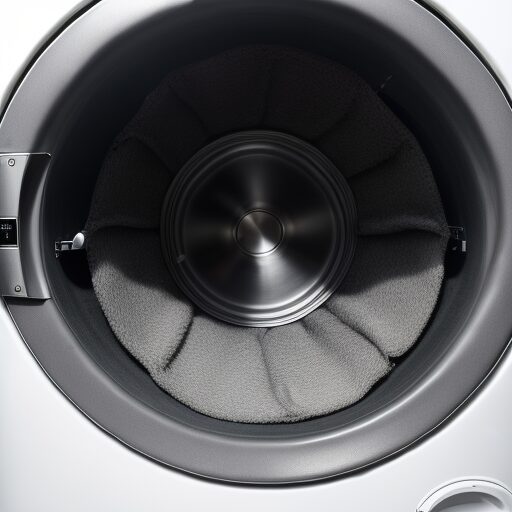Condensation within a dryer might seem perplexing, considering its role in eliminating moisture from clothes. However, encountering condensation inside your dryer is not uncommon and could indicate underlying issues that require attention. Let’s delve into what condensation in your dryer means, its potential causes, effects, and practical solutions.
What is Condensation in a Dryer?
In a typical dryer cycle, moisture from wet clothes evaporates due to the appliance’s heat, and the resulting warm, humid air is vented outside. Condensation occurs when this warm air meets cooler surfaces within the dryer and transforms back into water droplets. These droplets can accumulate on the drum, door, lint trap, or even in the venting system.
Causes of Condensation in Dryers
Several factors can contribute to condensation forming within your dryer:
- Ventilation Issues: Improper or obstructed venting can cause moisture-laden air to remain inside the dryer, leading to condensation.
- Cooler Ambient Temperatures: Using a dryer in a cold or unheated room can cause the warm, moist air from drying clothes to cool rapidly and condense on surfaces.
- Overloading or Damp Items: Overloading the dryer or including excessively damp items can increase the amount of moisture released during the drying cycle, leading to condensation.
- Malfunctioning Parts: Faulty seals, damaged drum seals, or a malfunctioning heating element can create conditions conducive to condensation.
Effects of Condensation in Dryers
Condensation within the dryer might seem like a minor inconvenience, but it can lead to several issues:
- Mold and Mildew Growth: Accumulated moisture provides an ideal environment for mold and mildew to thrive, potentially causing unpleasant odors and health hazards.
- Damage to the Dryer: Prolonged exposure to moisture can damage the dryer’s internal components, leading to rust, corrosion, or electrical malfunctions.
- Reduced Efficiency: Condensation can impact the drying efficiency, prolonging drying times and increasing energy consumption.
Practical Solutions to Address Condensation
To mitigate or prevent condensation in your dryer, consider the following measures:
- Proper Ventilation: Ensure the dryer’s venting system is clear and unobstructed, allowing moist air to escape outside.
- Optimal Operating Conditions: Operate the dryer in a well-ventilated, heated room to prevent rapid cooling of the expelled air.
- Appropriate Loads: Avoid overloading the dryer and remove excess moisture by spinning clothes in the washing machine before drying.
- Regular Maintenance: Periodically inspect and maintain the dryer, including checking seals, cleaning lint traps, and scheduling professional servicing if needed.
- Investigate Malfunctions: If condensation persists despite preventive measures, consider having a technician inspect the dryer for potential malfunctions.
Conclusion
Condensation in a dryer, though not unusual, can signal underlying issues that necessitate attention. Understanding the causes and effects of condensation empowers homeowners to take proactive steps to mitigate risks and maintain their dryer’s efficiency. By implementing proper ventilation, operating conditions, load management, and regular maintenance, you can prevent condensation-related problems and ensure your dryer operates effectively, keeping your clothes dry and your appliance in good working order.

